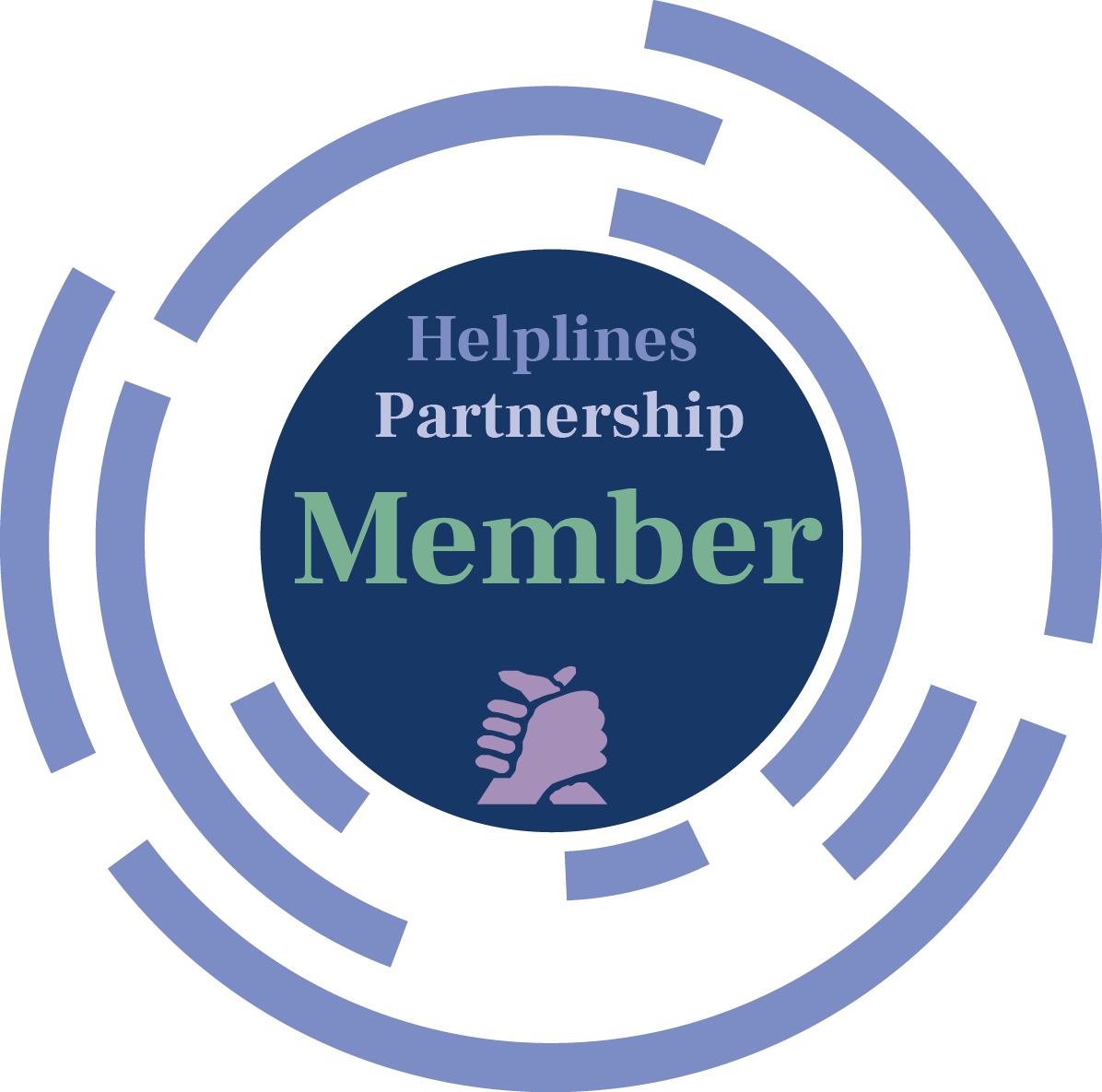A baby’s airway (their breathing tube) can be obstructed if it becomes blocked, narrowed or folded. This page will give you information about how to sleep your baby in a way that helps to keep their airway open and clear.
Delicate airway
Your baby’s airway is very delicate and in some situations it can BLOCK, NARROW or FOLD, which can make it difficult for them to breathe.
Some baby products and sleeping positions increase the risk of this happening:
- Loose bedding or soft-sided pods and pillows can BLOCK your baby’s airway
- Sleeping on their tummy, or becoming wedged against an adult, can BLOCK or NARROW your baby’s airway.
- Sleeping in a sitting position or sling, causing your baby’s chin to touch their chest, can FOLD your baby’s airway
|
Blocked |
Narrowed |
Folded |
Keeping baby’s airway clear
- Keep your baby’s face clear
- Place your baby on their back in their own cot or Moses basket
- Always sleep your baby on a firm, flat surface
Let’s look at each of these in more detail.
🟡 1. Keep your baby’s face clear
Remove all unnecessary items and all loose bedding from your baby’s cot, including toys, pillows and cot bumpers. The safest cot is a clear cot. Clearing the cot not only reduces the risk to a baby’s airway (breathing tube) but also reduces the risk of sudden infant death syndrome (SIDS).
Young babies often prefer to breathe through their noses which is why we advise keeping the whole face clear.

🟡 2. Place your baby on their back
A baby’s airway can become narrowed when sleeping on their front (prone) as it puts pressure on their chest. In this position, the airway can be blocked further down by the baby’s chin being pushed back and their tongue blocking their airway. It is also easier for a baby to choke on any vomit due to the positioning of the windpipe (respiratory tract) and food pipe (oesophagus). This is shown in the diagram below.
|
Sleeping baby on their back keeps the windpipe and food pipe open
|
Sleeping baby on their front can block the windpipe and food pipe
|
In addition, if the surface is cushioned or padded, lying face down can limit the flow of oxygen.
The safest way for your baby to sleep is on their back, in their own cot or moses basket.
🟡 3. Sleep your baby on a firm, flat surface
Babies sleep a lot (even if it doesn’t seem like it sometimes!). They can (and do) fall asleep in places that are not designed for them to sleep in, and which are not firm and flat. If your baby falls asleep in a baby bouncer, rocker, reclining chair, or when propped in a sitting position, it’s best to move them onto a clear, firm, flat surface.

Even if your baby is awake, always make sure their head is not slumped onto their chest and that their nose and mouth are not covered. Babies have heavy heads and short necks. This means that their head can easily flop down onto their chest, restricting their airway and stopping oxygen from getting to their lungs. This is a particular risk in the first few months of a baby’s life.
The diagram below shows how sleeping on their back, in a firm, flat sleep space help to keep a baby’s airway clear and open.
|
Sleeping on a flat surface keeps baby’s airway (breathing tube) open
|
Sleeping in a sitting position can block baby’s airway (breathing tube)
|
Products that can restrict baby’s airway
There are a lot of products available for babies to sit in and sleep in. Some of these might not provide the safest position to protect your baby’s airway. If your baby falls asleep in a product similar to the ones shown below, move your baby onto a firm, flat, clear space, such as a cot or moses basket.
We advise against letting babies sleep in the following:
- Anything that keeps them in a seated or inclined position such as, bouncy chairs, swings, hammocks, and beanbags
- Sleep positioners or anything that restricts a baby’s ability to roll
We also advise against using duvets and cot bumpers, as well as thick, heavy or weighted bedding.
|
Baby bouncer |
Baby hammock |
Cot bumpers, thick bedding, duvets |
|
Baby swing |
Baby beanbag |
Sleep positioner |
It is also very important to keep your baby’s airway clear when using a sling or car seat.














